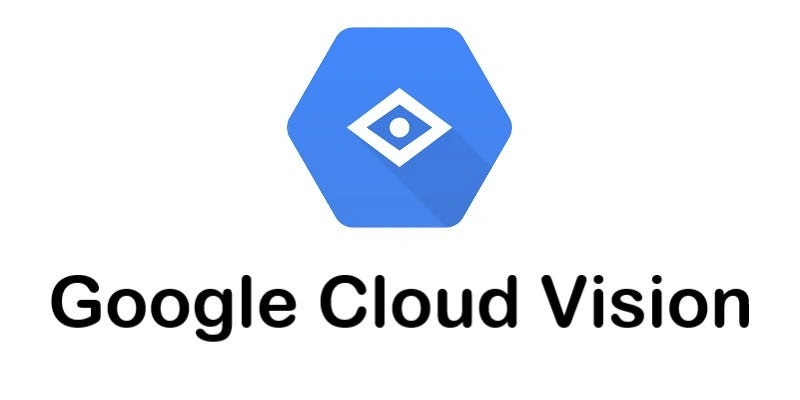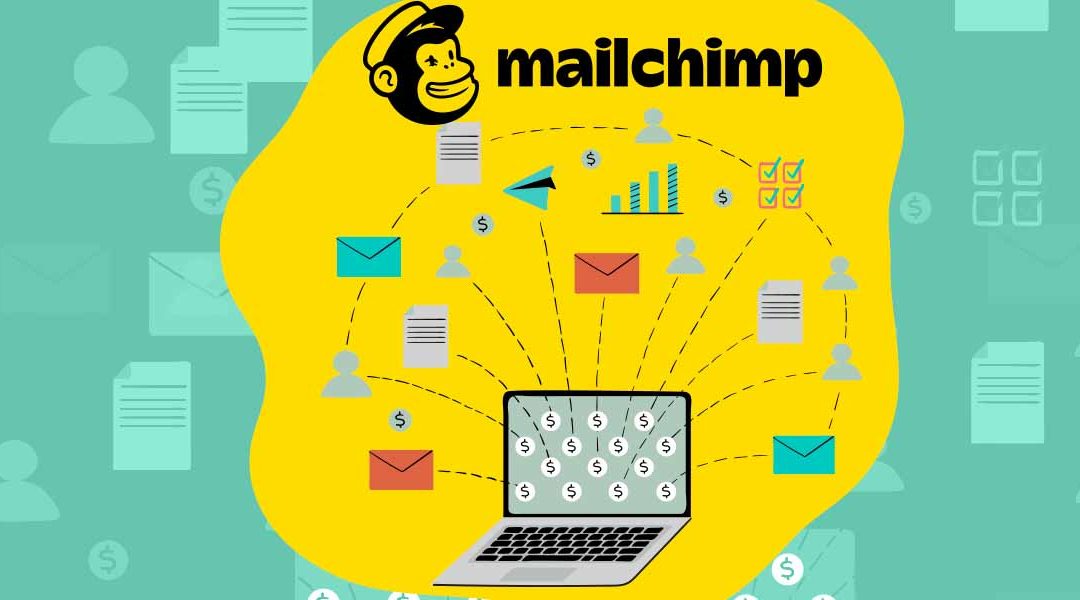The Power of AI in Automation
Table of Content
Unleashing the power of AI and automation in your business requires a strategic approach. Just throwing AI at a problem isn’t enough. A solid foundation is key, ensuring your AI efforts align with your overall goals.
This foundation considers several crucial factors. First, clearly define your objectives. Are you aiming to streamline tasks, personalize experiences, or gain deeper insights? Knowing this ensures your chosen AI solution directly impacts your desired outcomes. Second, establish realistic timelines with achievable milestones. AI integration takes time, so plan for data preparation, model training, and employee training. Finally, choose the right AI tool for your needs and budget. Do you require a pre-built solution or custom development?
By considering these key factors – objectives, timelines, tools – you can build a strong foundation for AI integration in your organization. We’ll explore these elements further in the following sections.
Define Objectives
Avoid Shiny Object Syndrome
Don’t jump on the AI bandwagon just because it’s trendy. Successful projects deliver early wins and demonstrate clear value.
Focus on Measurable Goals
Set quantifiable objectives that prove the project’s positive impact. Estimating the monetary value of hours saved by automation (ROI) is a great way to start. This is easy to communicate and showcases a clear return on investment.
Beyond Money
Sometimes value isn’t just about dollars. Improved customer experience, for instance, has long-term benefits that may not show up immediately on a financial statement. Here, define measurable goals for these initiatives and connect them to a monetary value for comparison’s sake.
Example: Imagine a scenario where your sales team spends hours sending personalized follow-up emails to leads. An AI solution could automate this process, freeing up your team’s time for more complex tasks like building relationships and closing deals. Quantify the potential time saved and translate it into increased sales opportunities or revenue generated. This demonstrates the clear return on investment (ROI) achievable with AI implementation.

Establish Timeframe
Just like any project, clear milestones with deadlines are crucial for keeping your AI project on track.
Since AI projects often involve busy team members from different departments, setting achievable short-term deadlines (within the first 6-12 months) is key. These early wins will help maintain focus and momentum throughout the project.
Choose the correct tools for your needs
For a smooth-running, self-sufficient AI ecosystem, your process automation tools need to be both powerful and compatible. Luckily, there are many options available!
Here’s what to consider when picking your AI teammates:
Seamless Integration
Forget clunky tools that interrupt your workflow. Your chosen AI should integrate seamlessly with your existing systems, triggering the right actions at every step. Imagine automating project management – a good tool would automatically update the relevant app whenever needed, and not require manual intervention at each stage.
Easy for Everyone
AI shouldn’t be an exclusive club. Choose user-friendly tools that anyone on your team can learn and use effectively. This avoids the need for constant technical support and ensures everyone can contribute to the automation success story.
Adaptable to Your Needs
The best AI tools are flexible. Look for options that can be customized to fit your specific requirements, even without extensive technical knowledge. This ensures your automation solution grows alongside your business and adapts to your evolving needs.
Room to Grow
Choose scalable tools like Robylon AI that can keep pace with your company’s expansion. Consider long-term costs as your automation needs grow. Can the solution handle a wider range of tasks? Will it integrate with new systems as you expand?
Continuous Learning
Look for AI tools that incorporate continuous learning capabilities. This allows the tool to improve its performance over time and adapt to changing data or workflows. This ensures your AI teammate stays sharp and delivers optimal results as your business evolves.
Playing by the Rules
Always keep data security and regulations in mind. Before adopting any AI tool, understand how it impacts your company policies and data handling practices. This ensures everything stays compliant and avoids potential issues down the road.
Clear Cost Structure
Transparent pricing models are essential. Look for AI tools with clear upfront costs and predictable ongoing fees. Avoid hidden charges or surprise expenses that can disrupt your budget. Understanding the cost structure allows for better financial planning and ensures your AI investment remains sustainable in the long run.
Preparing the Organization
AI automation can’t thrive without a supportive company culture. When introducing AI, it’s important to acknowledge employee concerns.
Why the Fear? Many people worry about robots taking over jobs. But the truth is, that most employees spend 90% of their time on tasks easily automated by AI! This doesn’t replace them; it frees them for more strategic and fulfilling work.
The Key: Communication & Transparency
Clear communication is crucial. Before implementing AI, talk to your team. Explain how AI will replace tasks, not people. Show how it can handle repetitive work, allowing them to focus on their strengths. Showcase success stories from other companies using AI to empower their teams.

Get Everyone Onboard
1. Start at the Top: Get leadership buy-in first. Without their support, AI efforts might get stuck in individual departments.
2. Build a Dream Team: Assemble a cross-functional task force with representatives from senior management (who understand the business processes), IT (to ensure smooth integration), and AI champions.
3. Empower Your People: Appoint AI ambassadors to train staff and answer questions. Encourage continuous feedback to identify and fix any issues with the new systems.
4. Transparency is Key: Communicate openly and honestly with your team throughout the entire process. Explain the purpose of AI integration, how it will impact their work, and the potential benefits for them and the company. Transparency builds trust and reduces anxieties about potential job displacement.
5. Focus on Upskilling: Invest in training programs to equip your team with the necessary skills to work effectively alongside AI. This may involve training on using the specific AI tools, understanding how AI works, and developing new skillsets that complement the capabilities of AI
Embrace the Change Together
By involving employees in every step, your AI journey will be smoother and more successful. Let’s turn fear into excitement and create a future where AI empowers everyone.
Continous Improvement
For a smooth and successful transition to AI automation, it’s best to start small. Here’s why:
- Gradual Implementation: Rolling out AI incrementally allows for careful system setup and ensures positive results from the start. This staged approach also provides valuable insights to guide future automation efforts.
- Minimizing Disruption: Starting small prevents major roadblocks. If issues arise, you can troubleshoot without disrupting your entire operation.
- Focus on User Adoption: Don’t force solutions. Choose tools that employees naturally gravitate towards after training. Value and ease of use are key drivers of adoption.
By taking a measured approach, you’ll build a reliable AI automation system over time. Quick wins achieved through smaller projects will pave the way for broader AI implementation within your company.
AI-Driven Automation: Examples & Use Cases
1. Automated Social Media Engagement
Maintaining a vibrant social media presence takes time and effort. AI can lighten the load:
- AI-powered Scheduling: Schedule social media posts in advance based on optimal posting times and audience demographics.
- Personalized Interactions: Train AI chatbots to answer common customer inquiries and engage in basic conversations on your social media platforms.
- Real-time Insights: Analyze social media data to understand audience preferences and refine your content strategy for better engagement.

2. Effortless Customer Presentations
Imagine your Customer Success Managers (CSMs) juggling hundreds of accounts. AI automation can free up their time:
- Automated Deck Generation: A few days before a customer meeting, an AI trigger analyzes data from your CRM and OpenAI crafts compelling content tailored to each account.
- Visual Aid Creation: Dall-E can even generate relevant images to enhance the presentation.
- Seamless Delivery: The finished deck is delivered to the CSM well in advance via Slack, allowing for edits and smooth meeting prep.

3. Effortless Knowledge Retrieval
Employees often waste time searching for answers. AI can provide instant solutions:
- “Knowledge Bot” to the Rescue: With natural language processing (NLP) capabilities, Knowledge Bot (e.g., in Slack) understands employee questions and retrieves relevant answers from internal knowledge repositories (powered by IBM Watson).
- Self-Service Solutions: Employees can confirm if the information addresses their needs, rephrase questions, or easily file support tickets in ServiceNow.

4. Smart Meeting Summaries and Follow-ups
Tired of lost meeting details and unclear action items? AI can transform your meetings:
- Automated Recap Generation: After a meeting ends (Zoom integration!), an OpenAI model analyzes the transcript and creates a concise summary.
- Actionable Insights: The identified next steps can trigger automated actions like adding leads to Outreach or scheduling follow-up meetings.
- Efficient Sharing: Summaries are shared with participants and relevant parties via your communication platform or email.

5. Streamlined Marketing Content Creation
Ensuring consistency and quality in marketing materials can be time-consuming. Here’s how AI can assist:
- Automated Content Review: Upon reaching a specific stage in your project management software (e.g. Airtable), AI triggers edits on the content.
- Real-time Refinement: An OpenAI model makes grammatically correct, on-brand, and persuasive edits based on pre-defined instructions.
- Seamless Collaboration: The enhanced copy is delivered to the writer and other stakeholders for final review.

These are just a few examples highlighting the power of AI automation. By streamlining workflows and empowering your team with relevant information, AI can unlock significant efficiency and success for your business.
FAQs
- Can AI really replace my job?
- This is a common concern. While AI can automate repetitive tasks, it’s unlikely to completely replace most jobs. Instead, AI will likely augment human capabilities, allowing us to focus on more complex and creative work.
- How can AI help my business?
- AI can automate tasks in various areas, saving time and money. It can also analyze data to identify trends and patterns, helping businesses make better decisions. For example, AI can automate customer service tasks, personalize marketing campaigns, and improve product recommendations.
- Is AI difficult to implement?
- The complexity of AI implementation depends on your specific needs. There are user-friendly AI tools available that don’t require extensive technical knowledge. However, for more complex projects, you may need to consult with AI specialists.
- What are the ethical considerations of using AI?
- It’s important to consider the ethical implications of AI. Bias in training data can lead to biased AI decisions. It’s crucial to ensure transparency and fairness in AI development and use.







